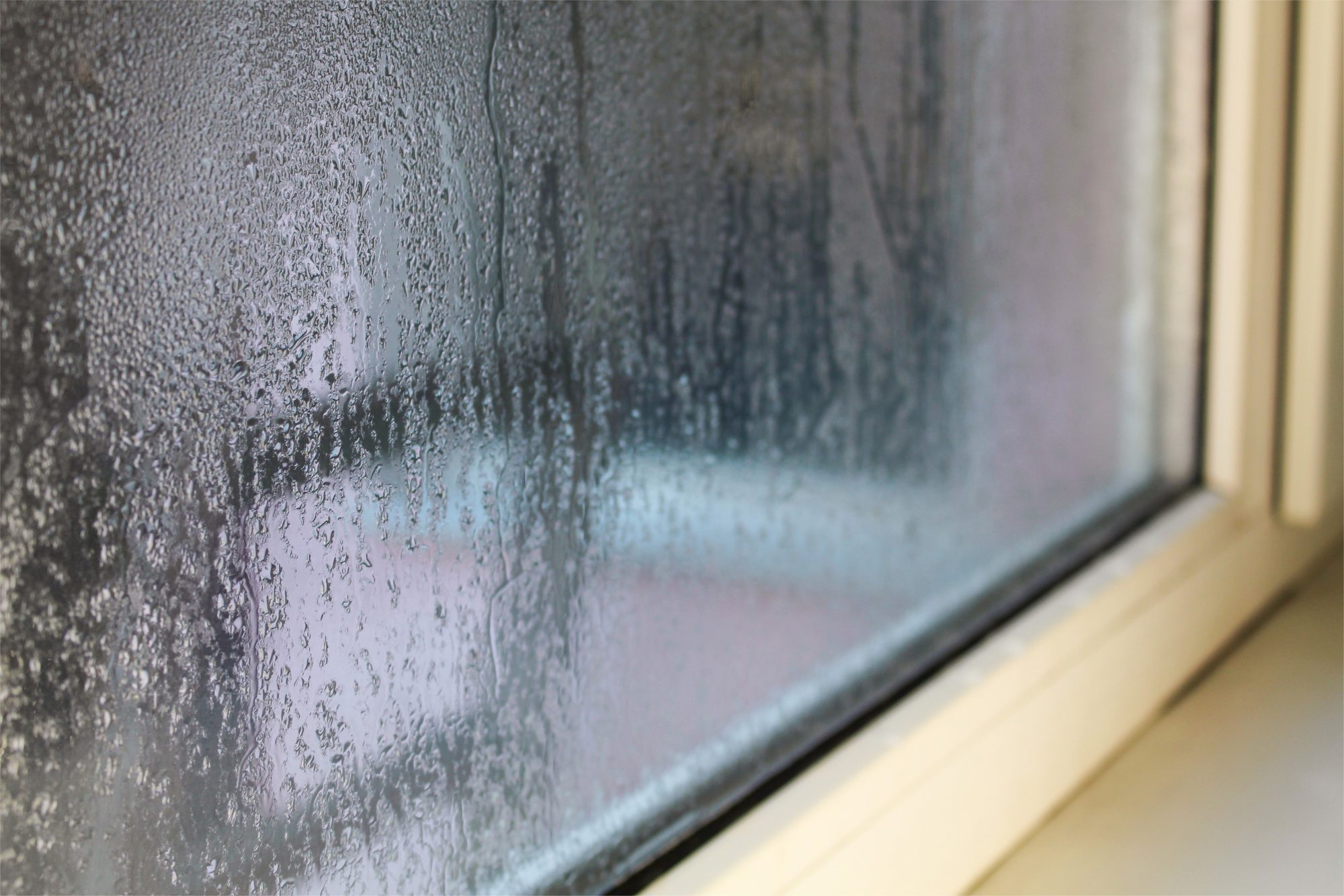Lucideon looks at the importance of dealing with the risk of condensation in buildings built using modular construction
Condensation in buildings arises in two different fashions. The first is surface condensation, which we can see and forms on the face of the interior of a room; this can cause mould growth and ultimately affect people’s living standards and health. The second is interstitial condensation, which forms between the layers of a building; this is due to warm air diffusing through the layers, hitting cold surfaces and reaching its dew point to form a liquid.
Interstitial condensation in buildings
Within traditional construction, interstitial condensation in buildings is less able to cause damage to the structure. Water forming on a block or brick will not cause structural damage; this does not make it acceptable. However, it is reversible and not unsafe. Moisture forming on a light gauge steel or timber frame could lead to corrosion or rotting of the structural frame and ultimately failure. Essentially, interstitial condensation in modular construction has a much more detrimental affect than in traditional builds.
Generally, within buildings, people want to be warm, which ultimately means reducing drafts. The gravitation towards more airtight buildings increases the risk of condensation. Traditional builds rely on airflow to allow moisture to leave an airtight building, which will inevitably lead to surface condensation – we have all seen our kitchen and bathroom windows steam-up when we are cooking or showering and need an extractor or to open a window to clear this.
The risk of condensation in buildings can be reduced by using breathable materials and lessening instances of cold bridging. In a traditional building, this is not as easy as when starting from scratch.
Factory manufactured buildings
Non-traditional factory manufactured buildings tend to be made-up of several more layers than a traditional build which is either solid wall or brick cavity block construction. The layers in a modern factory-manufactured building will generally be more airtight, better insulated and will contain materials and layers which are breathable, i.e. will let moisture out but will not allow moisture back in. These layers and materials must be installed properly so that breather membranes have the correct laps and continuity at panel joints otherwise they will not function adequately.
Building warranty suppliers are now asking for additional proof that interstitial condensation is not a factor in Modern Methods of Construction (MMC). Although this can be computer modelled, this only deals with the ideal build and not necessarily what happens in the real world. It is easy to model the lap and continuity of a breather membrane and airtight panel joint at corner detail, but the reality of doing this is not always so easy.
Physical testing of condensation risk
Since the consequences of interstitial condensation on a timber or light gauge steel frame could be catastrophic, there is a move to carry out more physical testing of the condensation risk by putting a full wall panel through mock long-term external and internal weather and heating conditions and measuring the moisture formation. The panels can incorporate poor material installation and be subjected to high humidity bathroom and kitchen conditions or poor fuel and overheating conditions, in order to see the moisture formation and establish how the panel design deals with this. The design can either be changed to allow long-term performance or suitable heating, ventilation and air conditioning (HVAC) equipment used to deal with the risk going forward. If MMC is to gain the expected traction and live up to its performance claims against traditional builds, all risks must be dealt with.
For information about Lucideon’s MMC testing services, visit: www.lucideon.com/construction.
Joanne Booth
Business Manager for Construction
Lucideon
Tel: 01782 764410
Please note: this is a commercial profile.

















